Tech Week: Underwater and Public Archaeology
Hello SHA blog readers and welcome to a third installment of Tech Week ! This…
By Karen Price
There’s something about a photograph. Humans are visual and I think pictures can sometimes reach broader audiences than can words. 21st century technology has only helped our addiction to the visual with the advent of digital technology and social media platforms. Digital cameras have now made the photographic process quicker. Yet, their user-friendly, high-quality format as well as their instantaneous outcome has, on the downside, introduced a cult of point-and-shoot photography.
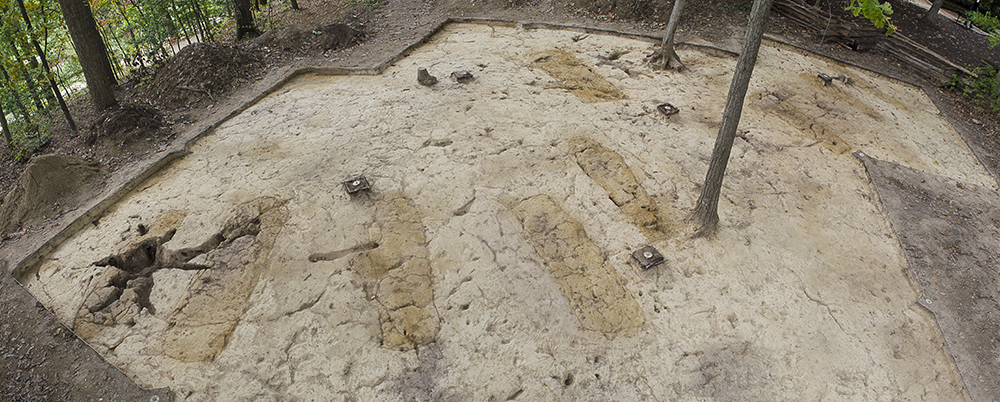
Figure 1: Nine grave shafts exposed during the Mount Vernon Slave Cemetery Survey. Karen. E. Price, Mount Vernon Archaeology.
This is where I was at until around three years ago when I came to Mount Vernon for an archaeology internship. After having a lecture on artifact photography and a project that involved a digital portfolio, I attempted through trial and error to become an artifact photographer for the Archaeological Collections Online project, a two-year endeavor to digitize important finds from the Washington households’ 18thcentury midden. This necessitated taking the camera off automatic, learning about aperture, ISO, shutter speeds and white balance in order to get the best possible shot for the database.
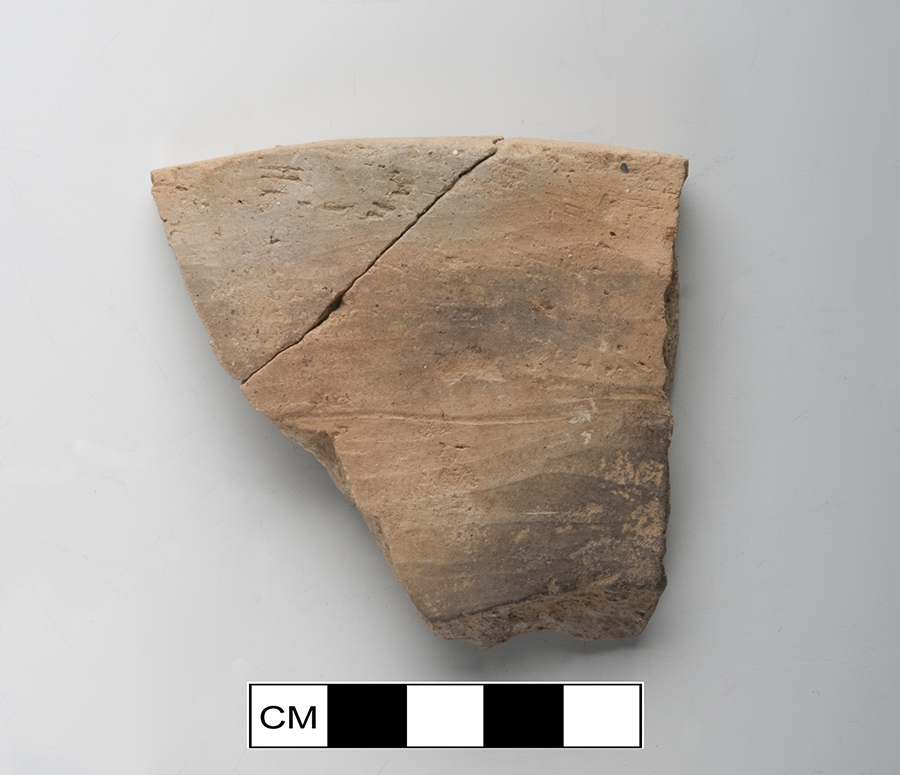
Figure 2: Caption: A standard record shot. Rim and body sherds of a burnished Colonoware vessel with scale, object 2669. Karen E. Price, Mount Vernon Archaeology.
I have now expanded my role from photography intern to Preservation Photographer. There are generally two types of photographs that I take both in the field and in the studio: record shots (figure 2) and creative or candid shots (figure 3). These are not mutually exclusive and all follow the same basic compositional guidelines. I always photograph in RAW format (as opposed to, say, JPG), constantly assess the light, and ask myself if the picture makes sense to the viewer.
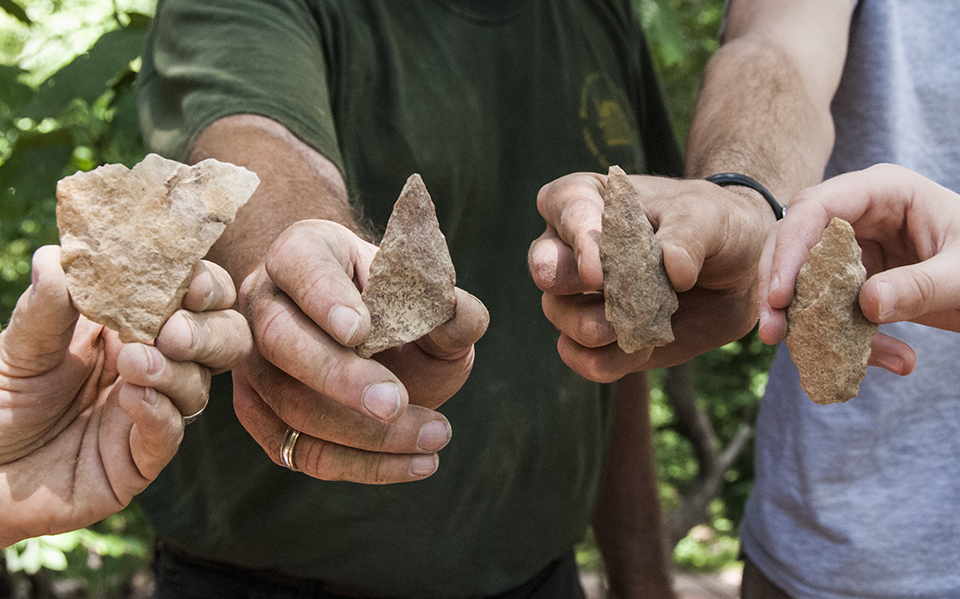
Figure 3: A candid, creative shot. Volunteers hold lithics excavated from the Slave Cemetery Survey. Karen E. Price, Mount Vernon Archaeology.
At work my general tasks are to document our current excavations and pre/post/ongoing restoration projects around the Mount Vernon Estate. I also do a bit of landscape photography to aid in the preservation of Mount Vernon’s Viewshed looking east across the Potomac River and I’m starting to assist our Collections staff with in-house photography. My favorite, however, is artifact photography, which is where I feel most comfortable creatively. This not only involves standard record photographs, but dramatic detail shots (figure 4), 360 degree spinning GIFs, and thematic pictures (figure 5). I love how sometimes, with just the right lighting and depth of field, a picture can bring out qualities in an artifact that aren’t as visible with the naked eye (figure 6).
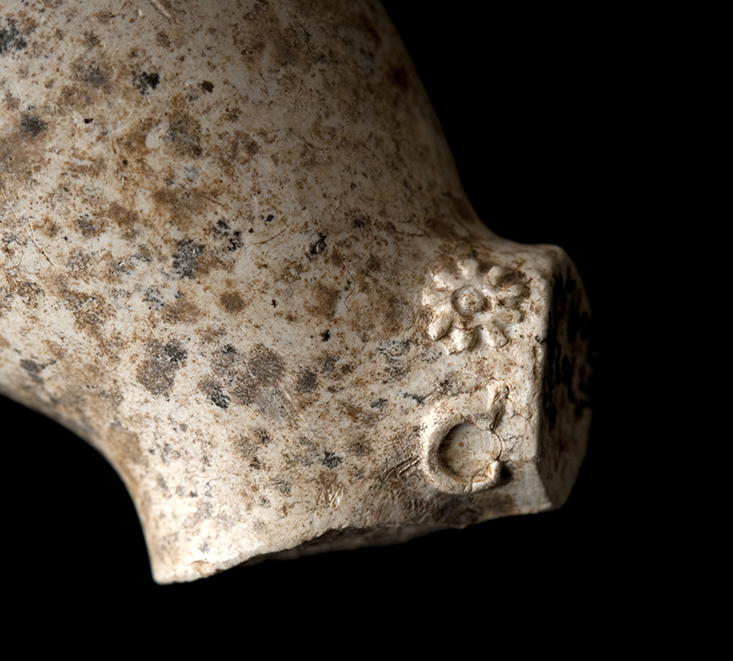
Figure 4: A detail shot. By using raking light coming in from only the left side I was able to bring out the C and sunburst design on this tobacco pipe heel. Object 2906. Karen E. Price, Mount Vernon Archaeology.
I’ve got a couple of projects (experiments) lined up for 2015 that will take me out of my comfort zone and hopefully enhance my photographic skills. For starters, a new photographic technique called Reflectance Transformation Imaging (RTI) that synthesizes multiple photos of an object, each using a different angle of lighting, to bring out 3D details in a 2D format. I’m also going to try and create actual 3D files through digital images using Agisoft Photoscan.

Figure 5: A thematic shot. Buttons excavated from the South Grove Midden. Karen E. Price, Mount Vernon Archaeology.
My main goal in this job, however, is to create a standard protocol for field and artifact photography that anyone can follow. This ensures that archaeologists do not have to simply “point-and-shoot”, but can follow guidelines for setting up a shot. And really, taking a second to think about the composition of a shot will do wonders for the quality of our photographs. In the studio these include photographing in RAW format so that you can correctly adjust gray balance, orienting the object correctly (figure 7) and blocking reflective glare from ceramics. Forget RTI and 3D imaging- basic, high-quality archaeological photography can be done in-house, on a fairly low budget, and by non-photographers.
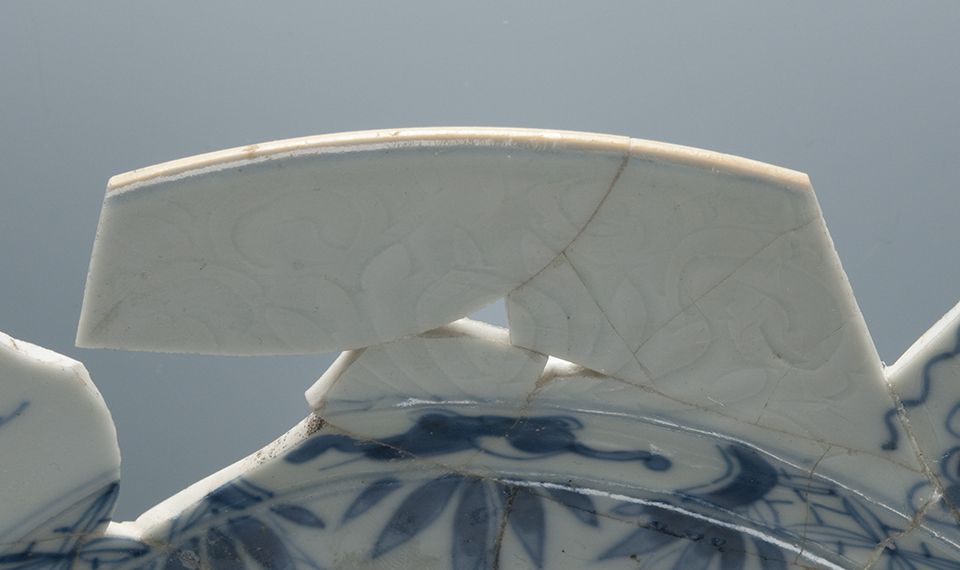
Figure 6: An hua on porcelain can be difficult to see. By limiting the amount of light the porcelain received I was able to bring out the design a bit more. Chinese Export Porcelain plate, object 2645. Karen E. Price, Mount Vernon Archaeology.
There are a few things you may want to invest in if you’d like to up your photographic game. I’m a big proponent of photographing in RAW format so you’ll need a digital camera capable of this, which will be your biggest investment. You’ll also need a computer software capable of opening RAW files (I use Adobe Photoshop but RawTherapee is a budget-friendly option). In the studio I recommend having an X-rite color checker (this will help correctly color balance your photo), two photographic strobe lights, a tripod, small scales, and a suitable background for your artifacts (black velvet works well with most objects). If I had to pick the bare necessities? The camera, the software, and a color checker.
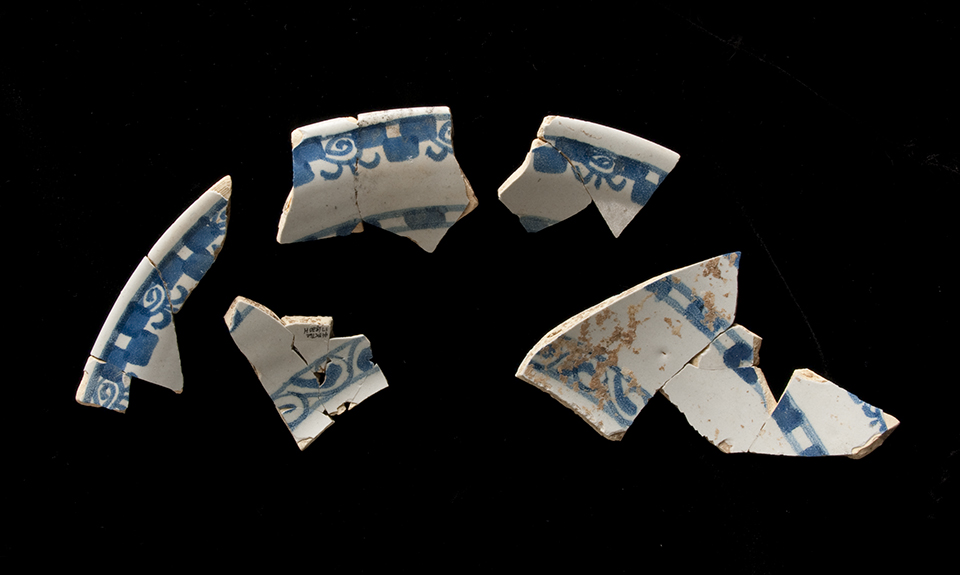
Figure 7: It can be difficult to arrange multiple non-mending sherds for a photograph. I do my best to line up the decoration and mimic the original curvature of the artifact. Delftware plate, object 2589. Karen E. Price, Mount Vernon Archaeology.
I think that with the current technology we can, and should, expect a change in the discipline in regard to how it treats photographic documentation. I’m all for a great iPhone photo, but I’d love to see archaeologists taking the camera off automatic and experimenting with what today’s digital cameras can do. Our pictures may not speak a thousand words, maybe only a handful. But, if they open up dialog about archaeological research and material culture, or even just get the general public excited about our discipline, then I think they’re worth the effort.
I’d love to hear your tips, thoughts, or questions on archaeological photography!
You can see some of Karen’s preservation photographs on the Mount Vernon Midden database, the Digital Archive of Comparative Slavery, COVA’s Culture Embossed, on Facebook, and on the cover of American Archaeology, fall 2013, volume 17, number 3.
Tech Week: Photography in Archaeology by Jonathan Libbon
Going Interactive Underwater by Drew Fulton
Photographs into Models: Documenting the World Trade Center Ship by Carrie Fulton
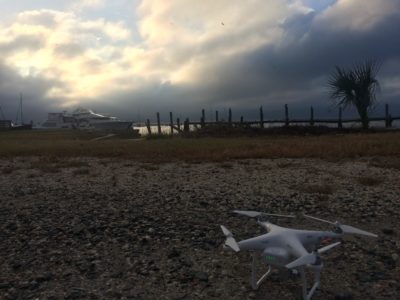
I find your journey with photography very intriguing! I am a photographer myself, always looking to expand my own capabilities. As I see this is a very old post I would be so interested to see where your journey has taken you. Thank you for the article, even years later I have stumbled across it and found a bit of inspiration!